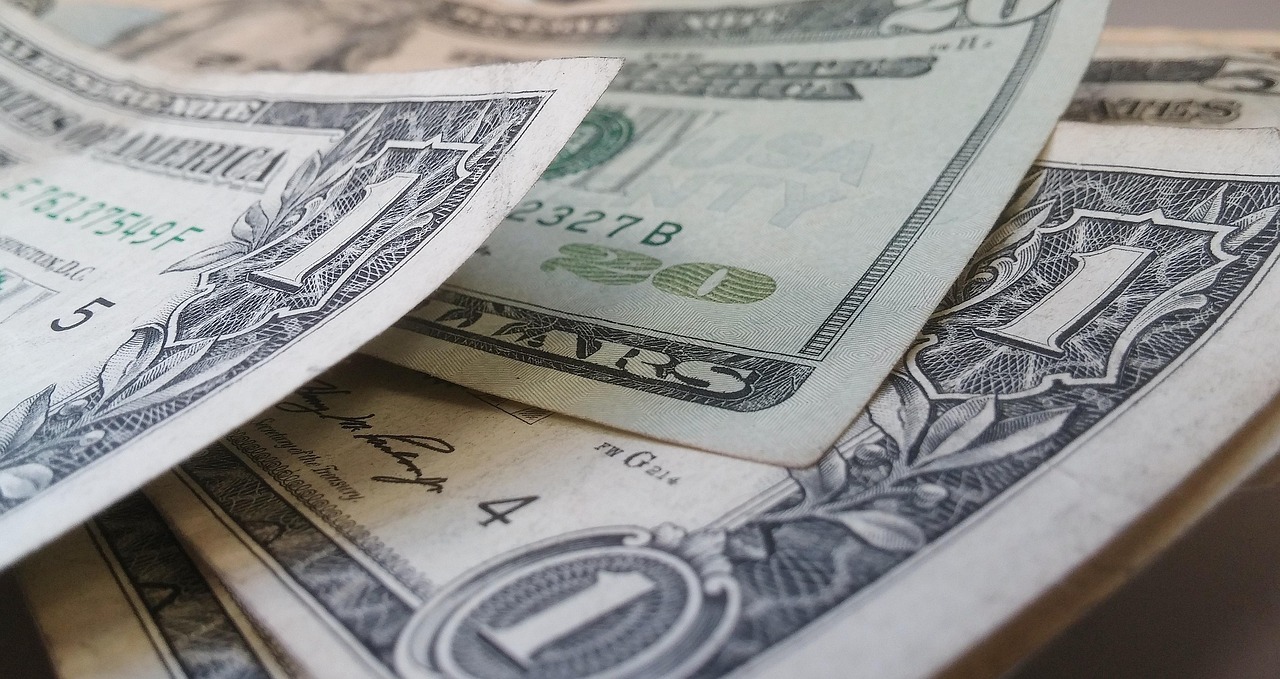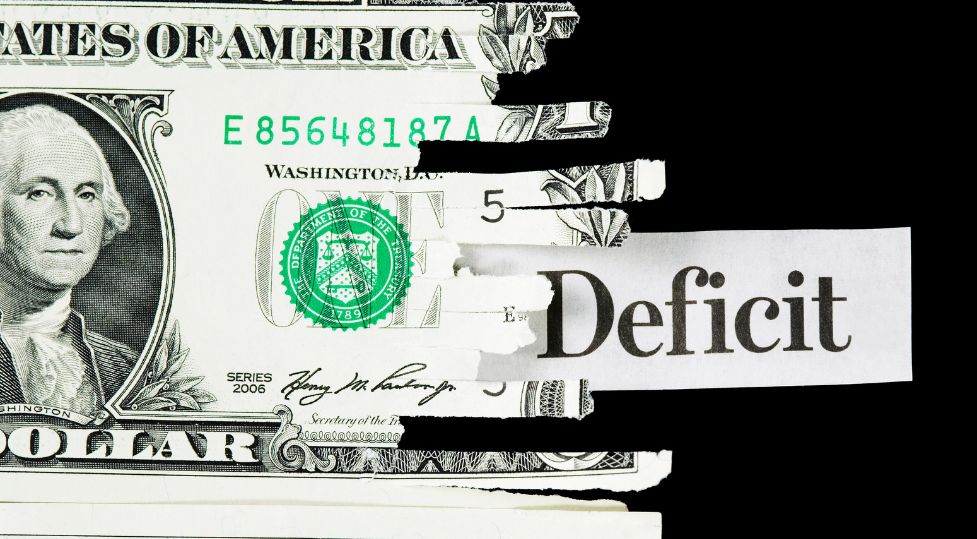The threat of a U.S. government shutdown has recently reemerged as a “déjà vu,” and according to certain analysts like Paul Donovan, Chief Economist at UBS, the lack of a budget agreement between Republicans and Democrats will have fewer repercussions than the spending cuts introduced by President Donald Trump at the beginning of his term through the Department of Government Efficiency (DOGE).
“Markets tend to downplay this political theater, assuming that the disruption will be reversed once the government reopens (if back wages are paid and jobs are restored). The economic consequences are likely to be smaller than those of previous DOGE cuts,” Donovan noted in one of his daily market commentaries.
The Key Date: October 1
In a more detailed report, UBS analysts point out that if no agreement is reached before October 1, approximately one-quarter of federal spending would be affected, including areas such as education, transportation, and defense. Federal workers would be furloughed without pay, with the risk of layoffs in some cases.
The most contentious issue for Senate Democrats is the extension of tax credits for health insurance, whose expiration would mean higher costs for middle-income families. Both parties expect the public to blame the other, which limits the willingness to compromise.
Historical Precedents
Historically, government shutdowns have had a moderate impact on markets. During the 2013 shutdown, which lasted 16 days, stock indices fell slightly and recovered even before the government reopened. In the 2018–2019 shutdown, which lasted 35 days, volatility was driven more by expectations of Federal Reserve rate hikes and trade tensions than by the shutdown itself.
Treasury auctions and payments are expected to proceed normally. Although initial public offerings (IPOs) and some regulatory processes could be halted, no significant market dislocations are anticipated.
Impact on Monetary Policy and the Economy
A shutdown would suspend the release of most official economic data, including employment, inflation, and unemployment figures. This would also affect the revision of previous labor data. However, the Federal Reserve would still have access to private and internal indicators such as the Beige Book. The lack of data should not prevent the Fed from proceeding with an additional 25 basis-point rate cut at its next monetary policy meeting.
Macroeconomic effects are usually minimal and temporary. In the event of a full shutdown, GDP growth is estimated to decline by 0.1 percentage points per week. However, this impact would reverse once operations resume and retroactive pay is provided to federal employees. Permanent layoffs of public workers, floated as a possible political objective, would face legal and practical limitations.
UBS Investment Recommendations
UBS analysts recommend that investors look beyond the risk of a shutdown and focus on more relevant factors such as Fed rate cuts, strong corporate earnings, and investment in artificial intelligence. Preferences remain in place for high-quality fixed income, especially in medium-term maturities, due to their balance between income and resilience.
Income replacement strategies are also suggested, such as dividend-paying stocks or structured products with yield generation.
UBS forecasts a total of 75 basis points in rate cuts over the Fed’s next three meetings. Alongside growing corporate profits, these factors are expected to support a stock market rally, with S&P 500 projections of 6,800 points by June 2026 and a bullish scenario of up to 7,500 points.
Given the current all-time highs, investors are advised to enter gradually or take advantage of pullbacks to increase exposure.
Gold continues to be an effective hedge against economic, political, and geopolitical risks. If the shutdown were to be prolonged or more disruptive than expected, strong performance is anticipated, with a target of $3,900 per ounce by mid-2026. The U.S. dollar is not expected to experience lasting impact from a shutdown, and the outlook remains one of weakening over the next 6 to 12 months. Diversification into currencies such as the euro and the Australian dollar is recommended.




